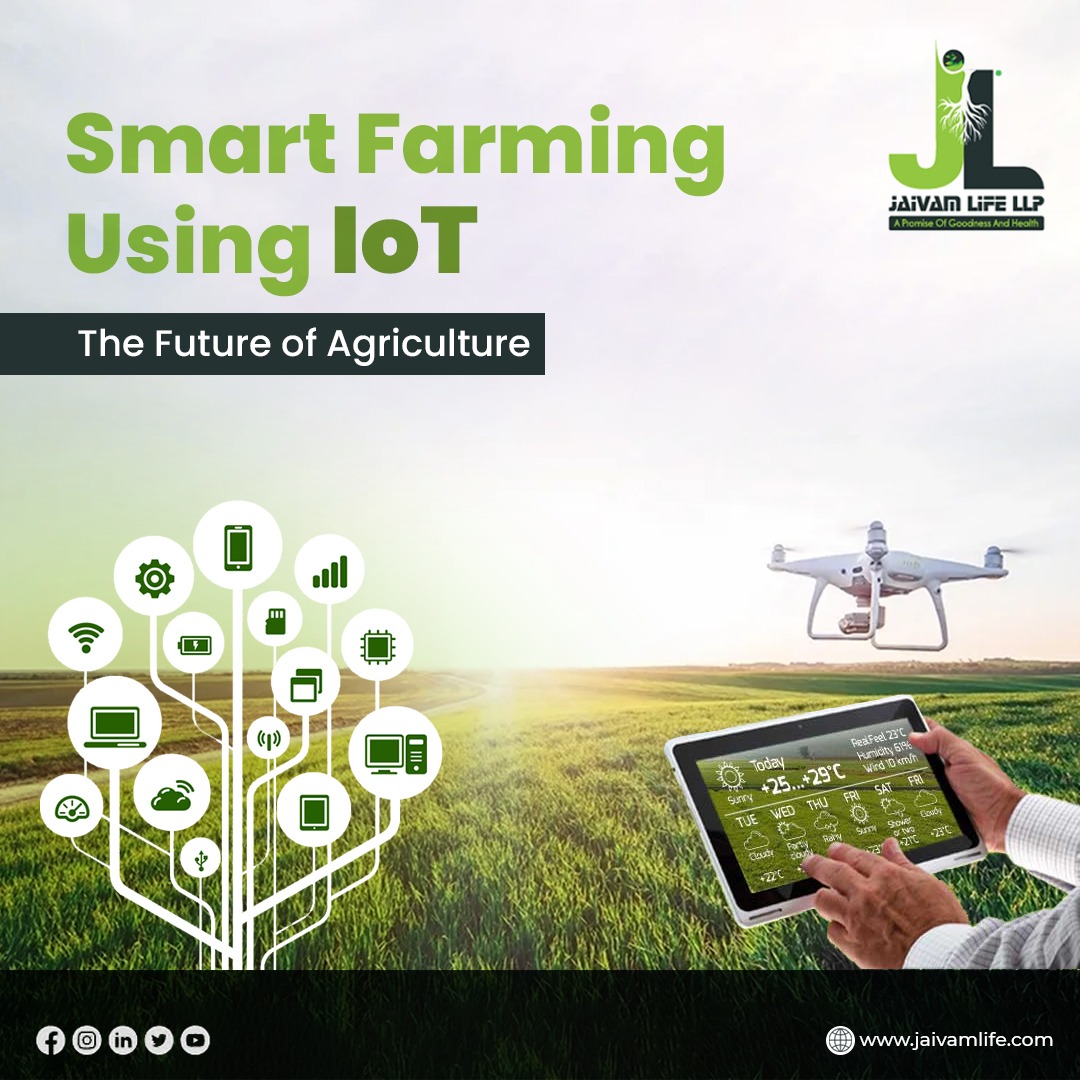
In the last decade we have seen a lot of new technologies getting implemented in the agricultural industry. Some of them turned out to be great success and produced great results, whereas some other evolved to a better form that focused on better quality and efficiency overall. Smart agriculture using IoT technologies are getting good reception globally and this is expected to be the next big thing in agriculture. Let’s see what are the main highlights of IoT in agriculture and its possibilities.
IoT stands for the Internet of Things, which refers to the network of physical devices, vehicles, and other items embedded with electronics, software, sensors, and connectivity that enables them to collect and exchange data. Essentially, IoT involves connecting everyday objects to the internet, allowing them to communicate with each other and with us.
IoT has the potential to revolutionize agriculture by improving efficiency, increasing productivity, and reducing waste. By leveraging the power of IoT, farmers can make more informed decisions and better manage their operations, leading to a more sustainable and profitable industry. This is expected to achieve a far better agricultural performance than what we achieved when we started using modern machinery for farming.
In agriculture, IoT technology has many potential applications. Here are some popular use cases:
Precision agriculture: IoT sensors can be used to monitor soil moisture, nutrient levels, and other conditions in real-time, allowing farmers to make more informed decisions about when to water, fertilize, and harvest crops.
Livestock monitoring: IoT sensors can be used to monitor the health and behavior of animals in real-time, helping farmers to detect potential problems early and take action before they become more vulnerable.
Supply chain management: IoT sensors can be used to track products as they move through the supply chain, providing valuable information about the location, temperature, and condition of goods.
Smart farming, also known as precision agriculture, involves using advanced technologies like sensors, drones, and data analytics to make farming more efficient and productive. It has the potential to transform the agriculture industry in many ways. Let’s see some interesting highlights.
Improved crop yields: Smart farming allows farmers to optimize crop growth by monitoring soil moisture, nutrient levels, and other conditions in real-time. This leads to higher yields and better quality crops.
Reduced costs: By using sensors to monitor crop growth and soil conditions, farmers can reduce the amount of water and fertilizer they use. This will result in lower costs and a more sustainable operation.
Increased efficiency: Smart farming allows farmers to automate many tasks, reducing the need for manual labor and increasing efficiency. For example, drones can be used to monitor crops, reducing the time and effort required for scouting and inspection.
Better decision-making: Smart farming generates vast amounts of data, which can be analyzed to make better decisions about planting, harvesting, and other farming activities.
Overall, smart farming has the potential to make agriculture more sustainable, efficient, and profitable. As the world's population continues to grow, the demand for food will only increase, making smart farming an essential tool for meeting this challenge.
Accepting and utilizing smart technologies for better farming is a necessity. To embrace smart agriculture using IoT, there are several steps farmers can take. Let’s discuss some of them here.
Identify the challenges: Farmers should identify the challenges they face, such as inefficient use of water and fertilizer, crop diseases, or pests.
Select appropriate IoT devices: Farmers should choose the right IoT devices, such as soil sensors, weather stations, or drones, based on their specific needs and challenges.
Connect IoT devices: Once the devices are selected, farmers should connect them to a central platform or dashboard, which can collect and analyze data from the devices.
Analyze data: Farmers should analyze the data collected by IoT devices to gain insights into crop growth, soil conditions, and other factors. They can use this information to make data-driven decisions about when to water, fertilize, or harvest their crops.
Take action: Based on the data analysis, farmers should take action to improve their farming practices. Let’s consider an example here. If the data shows that a crop is not receiving enough water, the farmer can adjust their irrigation system to deliver more water to the crop.
Monitor and improve: Finally, farmers should continuously monitor and improve their smart farming practices by adjusting their IoT devices and analyzing data to optimize their operations.
Takeaway
Farm owners who are keen on setting up a good marketing strategy for their organic brands should also think about adopting smart technologies to their farming processes.
Embracing smart agriculture using IoT requires a combination of technology, data analysis, and farming knowledge. By leveraging the power of IoT, farmers can optimize their operations, reduce costs, and increase yields, leading to a more sustainable and profitable agriculture industry.